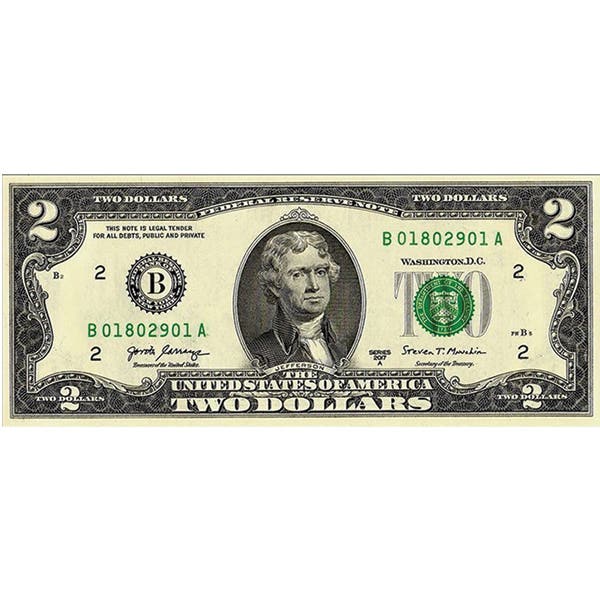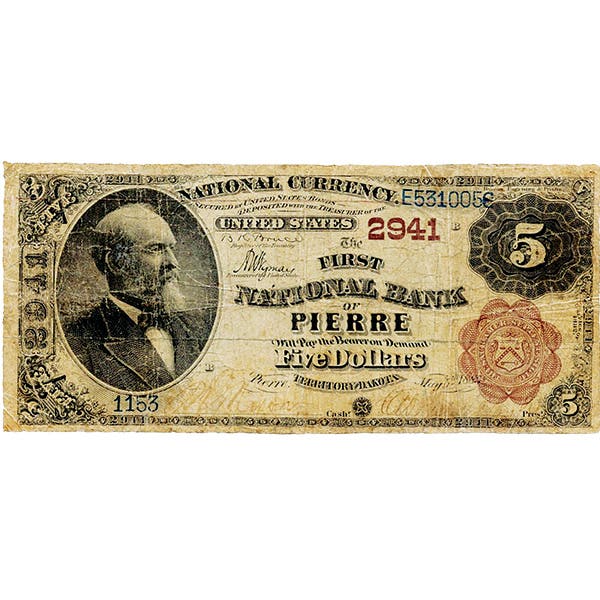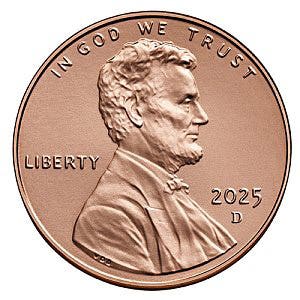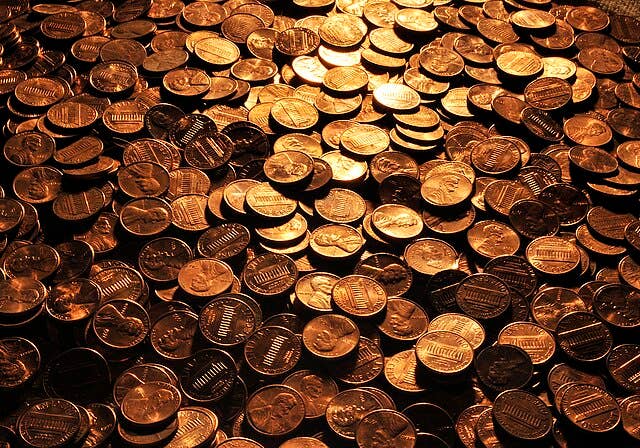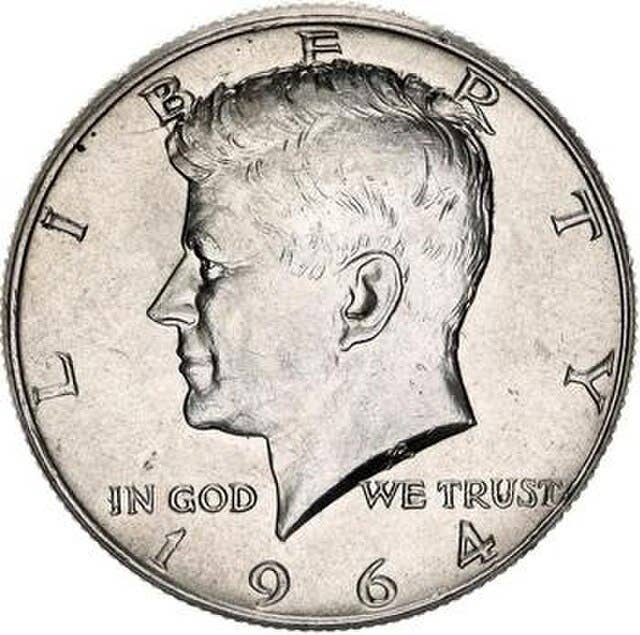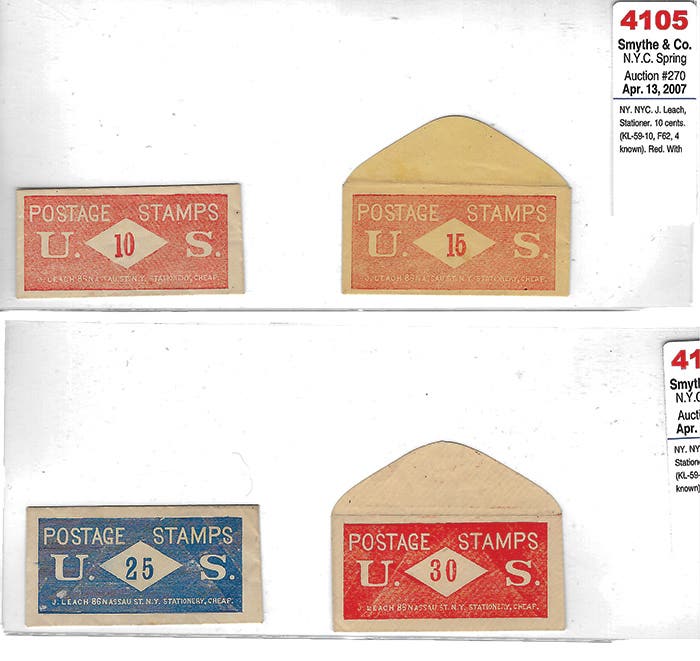Congress not required for Peace $1
Could you please give me the name and date of the legislation that authorized the production of the Peace dollar? This might be a surprise, but there never was a…
Could you please give me the name and date of the legislation that authorized the production of the Peace dollar?
This might be a surprise, but there never was a specific law passed to authorize the Peace dollar. A bill was introduced in 1920, but it was killed when it was discovered that the provisions of the Pittman Act of April 23, 1918, still applied. This meant the design change could be made based on approval by the Commission of Fine Arts and the President.
I know that altering the date or mintmark on a coin with fraudulent intent is illegal, but wasn’t that a change in position for the Treasury Department?
As recently as 1963 the Treasury felt that there was no legal problem with such altered coins. After a number of court cases involving similar alterations on stamps and paper money, the language of the statute was not changed, but the department’s legal counsel did hand down a ruling in that year that such intentional alteration of either date or mintmark for the purpose of defrauding a collector was illegal.
What was the purpose of the law passed in the early 1900s prohibiting the defacing of coins?
The law was the direct outgrowth of the then-current craze for love tokens. So many coins were being altered that the Treasury decided it needed a law to prohibit the practice, as well as the elongating of coins and making coin jewelry. The law was rescinded in 1909 after most of the activity had stopped. Curiously, most of the public and even many collectors still believe that it’s illegal to use a coin to make a piece of jewelry.
Does a coin become money at the instant it is struck by the dies?
This is a point that probably has slipped by most of us. A coin is nothing more than a piece of struck metal, like a nut or bolt or a car fender, until it has been counted and formally turned over to the Superintendent of the Mint by the coiner. In the case of gold and silver coins, both a count and weight are required.
When did the U.S. go on a gold standard?
The Coinage Act of 1853 made silver a subsidiary metal, putting us on a de facto gold standard. The gold standard was adopted in 1896. It became official in 1900.
I’ve started a topical collection of Christopher Columbus notes. I have those made in the United States, but where else can I look?
Try El Salvador, where Columbus has been on the backs of most of the notes since 1938. The “Standard Catalog of World Paper Money” can help you find others.
E-mail inquiries only. Do not send letters in the mail. Send to Giedroyc@Bright.net. Because of space limitations, we are unable to publish all questions.
This article was originally printed in Numismatic News Express. >> Subscribe today
More Collecting Resources
• Liked this article? Read more by subscribing to Numismatic News.
• If you enjoy reading about what inspires coin designs, you'll want to check out Fascinating Facts, Mysteries & Myths about U.S. Coins.




